#the keystone
Text
Just a Boi being a they
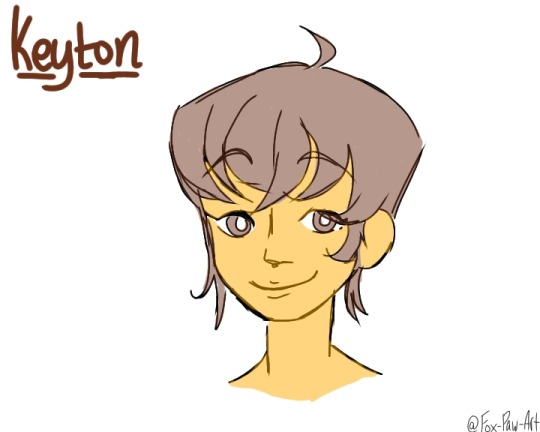
✨️Them✨️
3 notes
·
View notes
Text
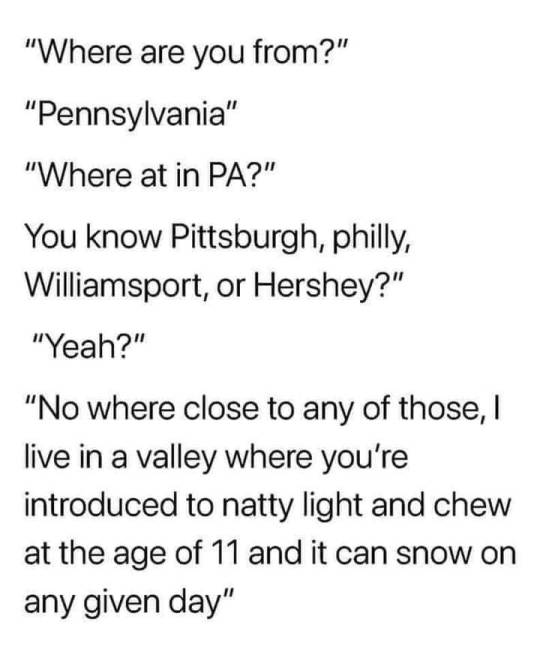
#home#the keystone#valleys#gluffs#bluffs#mountains#blue ridge mountains#south mountain#cornfields#laurel Hhghlands
11 notes
·
View notes
Text
5 reasons why we love sea otters
In kelp forests vast, where waves softly sway,
Dwells a creature revered for its engineering forte.
With luscious fur and eyes full of glee,
The sea otter emerges, a marvel to see.
Like guardians of the ocean, they tend to the kelp,
Keeping it healthy, providing it help.
By dining on urchins and crabs with delight,
They maintain harmony, day and night.
Tell us what you love, hooray,
As we celebrate World Otter Day!
2K notes
·
View notes
Link
Love how they used just a side view of the creek to minimize this. This is what the whole area looks like:
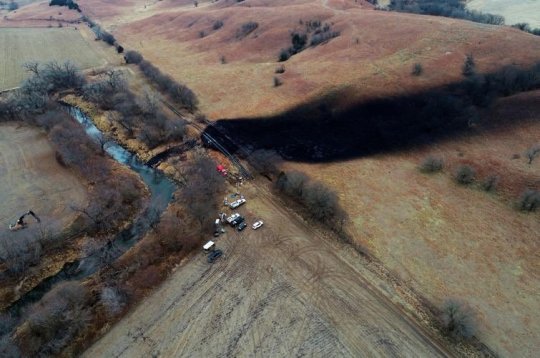
Here’s aerial footage:
https://twitter.com/NebPubMediaNews/status/1601676294638690304
Oh, and by the way, they said “barrels” because that sounds smaller since that’s over 500,000 gallons.
But it’s a “leak”. “...the affected segment being ‘isolated’ and the drip contained.” Just a liddle whoopsie doodle, tee hee. And of course there’s virtually no coverage on any news site. It’s already off the front page of The Guardian.
9K notes
·
View notes
Text
There's a plentiful supply of nature and ecology writers that criticize "Anthropocentrism" and tell readers that we shouldn't consider ourselves more important than other life forms, and then they write things that are like "We evolved to live in Nature in a Natural environment...Long ago humans lived as hunter-gatherers instead of farming and domesticating animals...But when civilization was created, man unnaturally subjugated and modified plants and animals...Bringing them under human control for his own benefit...Man replaces natural ecosystems with artificially created "post-natural" environments...Now humans live in an unnatural environment that is separated from Nature...and i'm like buddy. do you even hear yourself
Since I have access to a bigger library now, I've explored "deep ecology" and "green anarchism" and "Biocentrism" a bit more and what i've seen is still kinda silly. The writers have very thoughtful theory and philosophy of diverse subjects relating to morality, society, power, and liberation, but...they just don't know very much about Nature.
I mean several things by that: first, they're not clear on the boring, practical details of things like food systems and the way construction alters ecosystems, second, they don't try to clearly define what "nature" is, and third, they act like "nature" has a clear definition anyway.
Now nature is pretty much undefinable anyway, a couple possible definitions are "all things that exist, have existed, or are possible in the universe" and "the thing that a forest has that a parking lot doesn't." You can say "biodiversity," but every space has biodiversity, and it's not clear how much biodiversity a space is "supposed" to have, we're just going on vibes. And the vibes are right, in a way; I visited an old-growth forest and it was DIFFERENT than any place i'd ever been in a way that is hard to describe. A flourishing, biodiverse ecosystem is different than a parking lot, a lawn, a monoculture field of corn. They say it's good for your health to be "in nature." What does that mean? At what point does a place become "nature?" How many trees does it have to have?
Something that is so painful to me is when people write "Human activities" as a cause of biodiversity loss. This is an act of cowardice. WHICH human activities? Name them.
A lot of nature and ecology writings treat humans like they have an anti-biodiversity force field that emanates from them. They write like lands on Earth are each contested between two inversely proportional forces, "Nature" and "Humans."
Without any more information, this is ethereal bullshit on par with crystals having energies. I am totally perplexed at the lack of curiosity about the specific causes and details of "human impacts." The division of habitats by so many roads and relentless speeding of cars with no way for wildlife to cross...the dumping of massive amounts of poison into soils and water...the wounding and disturbance of topsoil...these are the "human activities," but we can imagine a world without such destruction, and we can create that world.
Too many essays and papers talking about Nature non-specifically, an Idea of Nature, a Concept that everyone just intuitively knows. Nature is...you know...wildness! and trees! and...well, you know, NATURE!
And we do know! When we step out into the parking lot surrounded by low, squarish buildings and blaring signs and the stink of car exhaust, we know that something is very wrong with this place! Even we find these horrible un-places harsh and unwelcoming.
But it is very hard to imagine something different, because the other type of place, the place that is beautiful and soothes the spirit and is full of life, is by definition the place where humans only go to visit, the complete opposite and inverse of a place where humans work and live! Wherever humans live, shop, eat, fulfill their daily needs, that place is Not Nature.
The huge mistake, is that we believe that it is necessary to have places that are Not Nature. We believe that for humans to exist, areas must be set aside where the very concept of Nature is utterly obliterated.
From this imaginary and dismal point of view, we have to carefully confine our own lives to places that are utterly poisoned, sterilized, made into a hostile wasteland, and leave all the rest of the living biosphere to itself in pristine preserves.
And in this imaginary and dismal point of view, the one that divides Earth into Nature and Humans, it is okay to poison and to sterilize and to destroy, because humans must live SOMEWHERE, therefore Nature must be utterly excluded from at least SOME of Earth.
BUT...WHAT IF EVERYWHERE IS NATURE? What if the dandelions in the cracks of the pavement, the lichens growing on the park bench, the wildflowers on the side of the road, the sparrows in the parking lot—what if they are all Nature just as much as anything else? What if they too are sacred? What if it is our responsibility to see the connectedness of all life and to care for all ecosystems, however broken and hurt they may be?
What if Nature is not distant and abstract, untouched in some pristine place, but always reaching out, digging into the crumbled concrete and gravel and compacted ground, clawing to return to us and bring us back home?
It does not take away from the value of the old-growth forest or the unplowed prairie if we open our eyes and see even the scraggliest patch of overgrown weeds for the powerful manifestation of Nature it truly is.
Nature is not a place or a thing. Nature is the Movement, the Endless Happening, constantly alive throughout all life, the way of all things being family, the way of all things taking care of each other, the way of all life being constantly transformed through one another. You breathe the breath of the trees of your home, you drink the water of the streams of your home, you eat the sunlight that falls on your home, grown in the soil where all things go to be transformed through death into a new form of life, fed by the mycorrhizal network, pollinated by the bees, wasps, flies, and moths, nourished by the bone, blood and manure of beasts, and ultimately the fertile river valleys where agriculture first began, were replenished by the rich silt that washed down the river, which came from the forests in the mountains that shed their leaves to make a feast for a million decomposing critters, which is how the rich soil is made.
In this way they all take care of you, and in return you are asked to Live—to take care of them in return, to live as part of the great family of everything alive, to live, to live
What are human activities...? Deforestation? Mining? Spraying pesticides? Building housing developments? But is that all? Are we inherently a "bad" and "destructive" species, or is our ability to acquire and pass down knowledge, use tools and novel behaviors, alter our surroundings, shape ecosystems, adapt our lifestyles almost infinitely, and persist in almost any environment, simply incredibly powerful for good or for evil?

First of all, what better way to demonstrate a contrast to anthropocentrism...than to compare the impact of humans alone to the impact of an ENTIRE KINGDOM OF LIFE, the fungi????? Of course all of Fungi are more important than one single species??? Wtf?!?!?
But also, we should not convince ourselves of our own insignificance and worthlessness to the biosphere, because in the same way that individual self-loathing can be a way to avoid the hard work of loving oneself and advocating for the love one deserves, collective self-loathing as a species is a way of avoiding the responsibility we have to other life forms.
How can this author not think of a single role Humans play in the ecosystem?? What species plants trees, saves seeds, documents rare plants, rescues injured animals and heals them, raises orphaned chicks, manages controlled burns, digs ponds, thoughtfully harvests in anticipation of future seasons, mercifully culls in understanding of suffering that cannot be fixed? What species writes a new chapter in the genome of the American Chestnut so it can be saved from extinction? What species mends the broken kakapo egg with sticky tape? What species addresses their own habitat with that fondest name of Home?
961 notes
·
View notes
Text
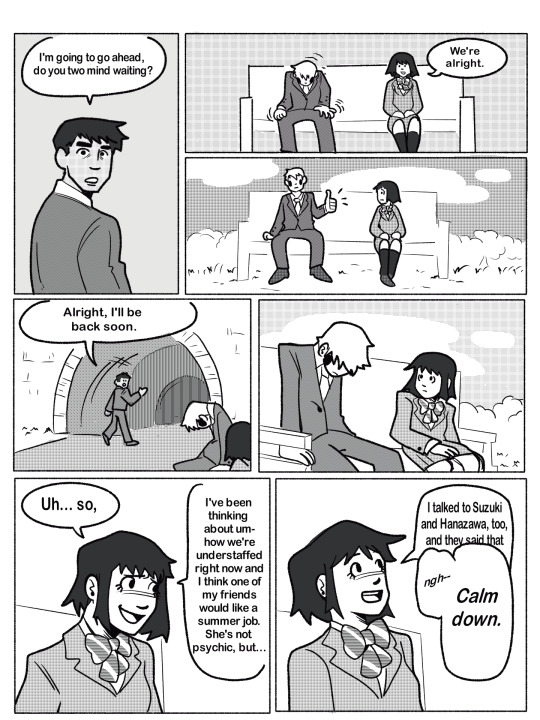
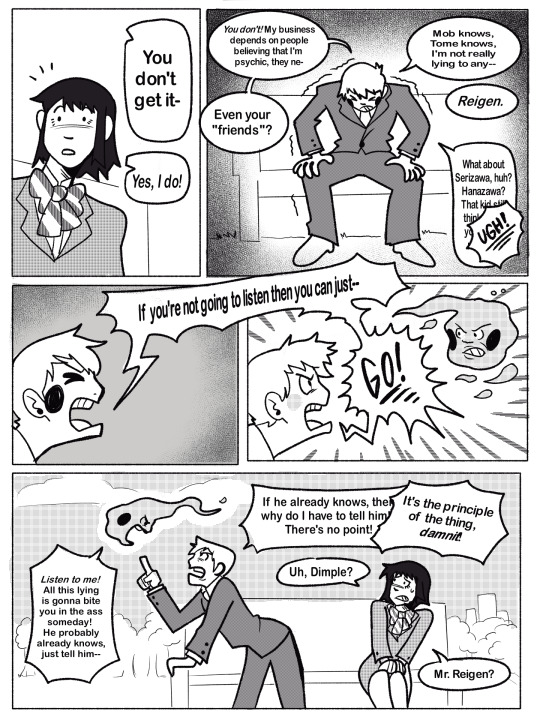
this was meant to be just making ekurei into a garnet moment but turned into a whole comic, oops!
(Please Reblog!)
#its the moment from keystone motel btw#ekurei#mp100#mob psycho 100#reigen arataka#dimple#serizawa katsuya#kurata tome#tome kurata#comic#dimple x reigen#reigen x dimple#op art#ekurei = fusion change my miiiind#dont change it actually#you cant
513 notes
·
View notes
Text
The Kenya Wildlife Service celebrated the successful transfer of 21 eastern black rhinos to establish a new viable breeding population for the species that was on the brink of extinction decades ago.
In an 18-day exercise executed by highly trained capture and veterinary experts, the Loisaba Conservancy received the 21 rhinos from three different locations, becoming the 17th sanctuary in Kenya where the mammoth animals can roam and intermingle.
“It’s incredibly exciting to be part of the resettlement of rhinos to a landscape where they’ve been absent for 50 years,” said Tom Silvester, CEO of Loisaba Conservancy.
Kenya had 20,000 black rhinos in the 1970s before poachers decimated them for their horns. By the time the Kenya Wildlife Service (KWS) was established in 1989, rhino numbers had declined to below 400.
Since then, Kenya’s eastern black rhinos have made a remarkable comeback and today there are an estimated 1,004 individuals.
Kenya is a stronghold of the eastern sub species of black rhino, hosting approximately 80 percent of the entire world’s surviving population.
“Surpassing the milestone of 1,000 rhinos within four decades is a significant accomplishment,” said Munira Bashir, Director of The Nature Conservancy in Kenya.
The reintroduction this month of these 21 animals this month is a great milestone in Kenya’s rhino recovery action plan, and was made possible by support from The Nature Conservancy, San Diego Zoo Wildlife Alliance, other partners—and the three reserves from where the 21 rhinos originated, Nairobi National Park, Ol Pejeta Conservancy and Lewa Conservancy.
“In the recent past, one of the main causes of mortality of rhinos has been territorial fights due to limited space in sanctuaries which has also led to suppressed growth rates due,” explained Dr. Erustus Kanga, the Director General of Kenya Wildlife Service. “I am elated to be associated with this momentous effort to secure more space for this cornerstone species.”
Meanwhile, southern white rhinos continue to thrive in Kenya, having increased from 50 individuals that were imported from South Africa in the eighties and nineties to reach the current population of 971 individuals.
Kenya is also playing a critical role in efforts to save the northern white rhino from extinction, as it is host to the only remaining two females of the species left in the world. The international BioRescue project has developed thirty embryos awaiting implantation into surrogate females within the closely-related subspecies of southern white rhino.
“The return of black rhinos to Loisaba, 50 years after the last known individual here was killed by poachers in the 1970s, is a demonstration of how impactful partnerships between governments and conservation NGOs can be for restoring, managing, and protecting our natural world,” said Dr. Max Graham, CEO and Founder of Space for Giants, one of the project partners.
“And, of course, the return of black rhinos here gives all of us one of the most precious commodities of all: hope.”
-via Good News Network, February 25, 2024
#rhino#rhinoceros#conservation#hope posting#endangered species#wildlife#kenya#good news#hope#zoology#zoo animals#keystone species
341 notes
·
View notes
Text
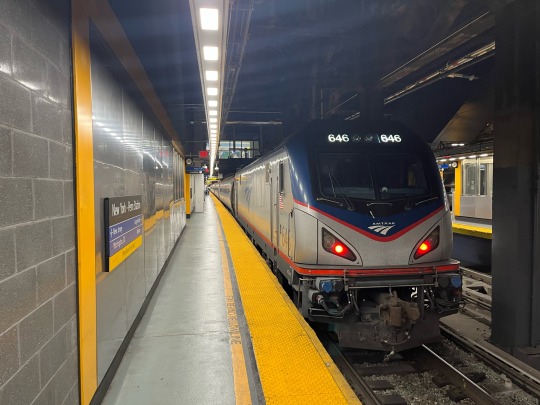
I got the lucky chance to ride Amtrak’s Keystone Service from Philly to New York and I have to say I am in love. This is just about the best of what Amtrak could be doing everywhere and it is criminal we are not doing this for more American cities
We really need to nationalize the rail network, and give Amtrak a budget to rival the US military
#amtrak#amtk#train#passenger train#trainposting#trains#keystone service#public transit#transit#penn station#train station
435 notes
·
View notes
Text
ellie just confirmed that this wasn’t the first time she had shot/killed someone.
OH GOD NO. NO. DONT TELL ME ELLIE HAD TO SHOOT RILEY
#NEIL DRUCKMANN CRAIG MAZIN YOU WILL BOTH HAVE TO SLEEP WITH ONE EYE OPEN#ONE EYE OPEN#FOR THE REST OF YOUR LIVES#this has been my number one fear even before the show aired#this show has had a track record for making keystone emotional and devestating moments even more emotional and devastating#sometimes scenes that were never meant to be emotional in the first place#so I wouldn’t put it past them#doesn’t mean it has to be correct#the last of us hbo#tlou spoilers#ellie williams
3K notes
·
View notes
Text
writing karkat dialog no.1 experiance is stepping back & allowing ur eyes 2 hone in on every variation of the word "fuck". ensuring they have enough space in distribution to live comfortably & support the kk vocab's delicate ecosystem. knocking them out w tranquilizers n putting trackers on their skinny ankles b4 tossing them back into the sea of made up troll slang and other such expletive-coded fuckig nonsense
#its so easy 2 accidentally make him say da fuck word 2 many timez#theyre like a keystone species & if theres too many of them it fucks up the whole thing#'fuck' is a tertiary predator
145 notes
·
View notes
Text
Another before and after
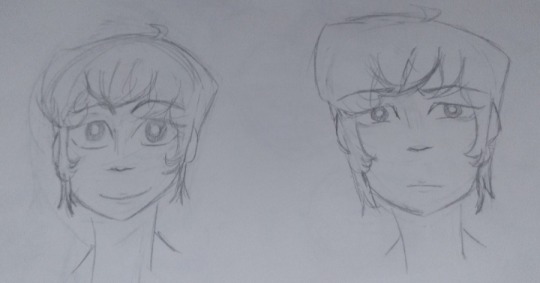
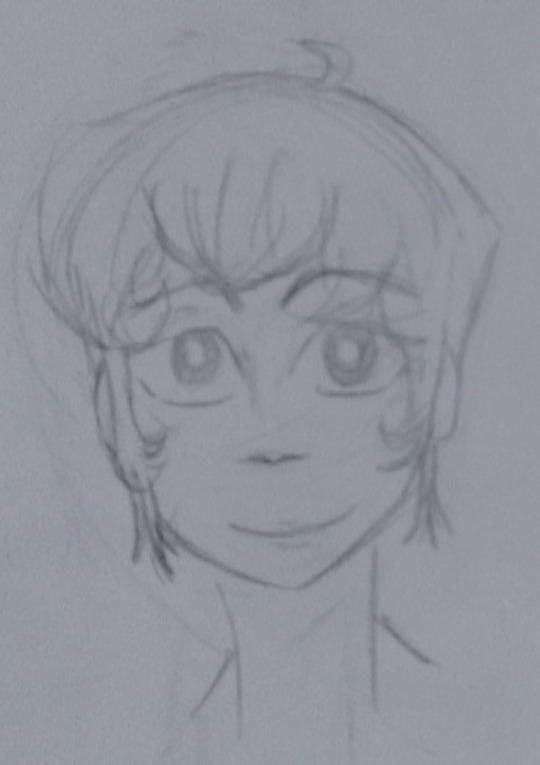
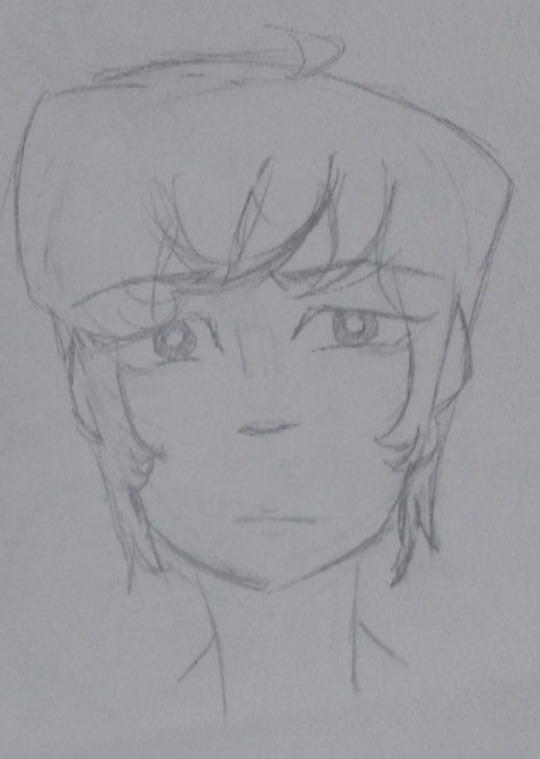
Somewhat new blaster design

Key's missing SOUL piece is reflected in the missing jaw of their blaster
The very sharp edges are to make Key seem more intimidating or dangerous than they feel. This is because their attack is significantly lower than their defense.
Battle design:
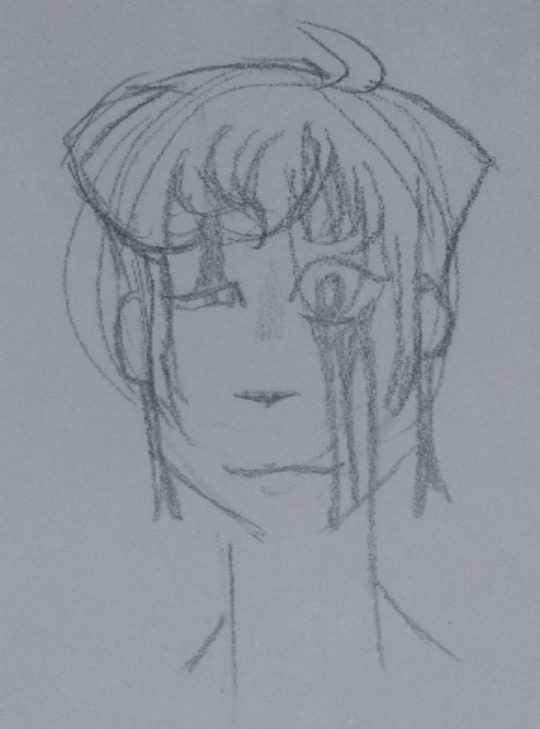
Key has dubbed these black lines as "Gaster Cracks"
Gaster cracks only appear when Keyton is overexerting their monster magic (Too much blue magic or too many shortcuts) and when using their Blaster.
A version of Key's incomplete soul:

I took from the idea of SOUL magic with monster, their souls combining to make offspring, for Key's soul.
Because of the properties the artificial soul has, Key is able to combine their soul with any monster.
This cannot lead to pregnancy, however, as they are too human to bear a monster's child but also too inhuman to have a "normal" pregnancy.
It can however lead to Key accessing abilities from the soul their's is mingling with. As evident with their abilities after their AU is destroyed.
4 notes
·
View notes
Text
This is what I've been saying this whole time. Central City and Keystone are on a whole different level.





The Rogues survive Central City and Keystone because they are a team. They have each other's backs and they have rules and they know the game.
Trying to pull off a solo crime in the Flash's territory? Good fucking luck. I'll make you a reservation in Iron Heights 0.003 seconds from now.
#dc#dc comics#the flash#kid flash#wally west#impulse#bart allen#barry allen#jay garrick#speedsters#ace west#central city#keystone#flash fam
634 notes
·
View notes
Text
According to documents obtained by Grist and Type Investigations through a Freedom of Information Act request, the FBI’s Minneapolis office opened a counterterrorism assessment in February 2012, focusing on actions in South Dakota, that continued for at least a year and may have led to the opening of additional investigations. These documents reveal that the FBI was monitoring activists involved in the Keystone XL campaign about a year earlier than previously known.
Their contents suggest that, long before the Keystone and Dakota Access pipelines became national flashpoints, the federal government was already developing a sweeping law enforcement strategy to counter any acts of civil disobedience aimed at preventing fossil fuel extraction. And young, Native activists were among its first targets.
“The threat emerging … is evolving into one based on opposition to energy exploration related to any extractions from the earth, rather than merely targeting one project and/or one company,” the FBI noted in its description of the Wanblee blockade.
The 15-page file, which is heavily redacted, also describes Native American groups as a potentially dangerous threat and likens them to “environmental extremists” whose actions, according to the FBI, could lead to violence. The FBI acknowledged that Native American groups were engaging in constitutionally protected activity, including attending public hearings, but emphasized that this sort of civic participation might spawn criminal activity.
To back up its claims, the FBI cited a 2011 State Department hearing on the pipeline in Pierre, South Dakota, attended by a small group of Native activists. The FBI said the individuals were dressed in camouflage and had covered their faces with red bandanas, “train robber style.” According to the report, they were also carrying walking sticks and shaking sage, claiming to be “Wounded Knee Security of/for Mother Earth.”
“The Bureau is uncertain how the NA group(s) will act initially or subsequently if the project is approved,” the agency wrote.
The FBI also singled out the “Native Youth Movement,” which it described as a mix between a “radical militia and a survivalist group.” In doing so, it appeared to conflate a specific activist group originally founded in Canada in the 1990s with the broader array of young Native activists who opposed the pipeline decades later. Young activists would play an important role in the Keystone XL campaign and later on during protests against the Dakota Access pipeline at Standing Rock, but the movement had little in common with militias or survivalists, terms typically used to describe far-right groups or those seeking to disengage from society.
The FBI declined to respond to questions for this story. In an emailed statement, a spokesperson for the Minneapolis field office said the agency does not typically comment on FOIA releases and “lets the information contained in the files speak for itself.”
[...]
Environmental activists and attorneys who reviewed the new documents told Grist and Type Investigations that law enforcement’s approach to the Keystone XL campaign looked like a template for the increasingly militarized response to subsequent environmental and social justice campaigns — from efforts to block the Dakota Access pipeline at Standing Rock to the ongoing protests against the police training center dubbed “Cop City” in Atlanta, Georgia, which would require razing at least 85 acres of urban forest.
The FBI’s working thesis, outlined in the new documents, that “most environmental extremist groups” have historically moved from peaceful protest to violence has served as the basis for subsequent investigations. “It’s astonishing to me how such a broad concept basically paints every activist and protester as a future terrorist,” said Mike German, a former FBI special agent who is now a fellow at the nonprofit Brennan Center for Justice.
256 notes
·
View notes
Text
🌍🦦 We’re otterly excited to sea-lebrate World Otter Day! 🦦🌎

Whether they're floating, sliding, or just being their mischievous selves, these adorably aquatic, pawesome pals never fail to bring joy to our musteliday.

It’s time to unleash your inner otter and join us in a round of ap-paws in celebrocean of World Otter Day!
#monterey bay aquarium#theyre truly otter this world#having a shelluva good time#keystone species fur the win
1K notes
·
View notes
Text
EDWARD KEYSTONE !
did u know if u believe in apollo hard enough he blasts ur tits off btw. i decided this about ed in maybe 2021 and have stuck to my ‘he was raised in a column of sunshine then his chest exploded into light’ headcannon ever since

ID: a full colour digital drawing of edward keystone from rusty quill gaming lying on a beach at sunset. he is a young white man who is thin and muscular, with shoulder length blonde hair and large, dark eyes. he has a large, radial chest scar, the horizontal lines of which branch off under his pecs. he is lying on his back, propped up on a cylindrical orange pillow, his arms resting on his stomach and his right knee crossed over his left. he is looking off to the right with a small, bemused smile. he is wearing bright aqua swimming trunks and bright blue slide sandals. his towel is dark blue. the sky behind him has the setting sun gently obscured by light clouds which are turning orange as it sets. end ID
89 notes
·
View notes
Text
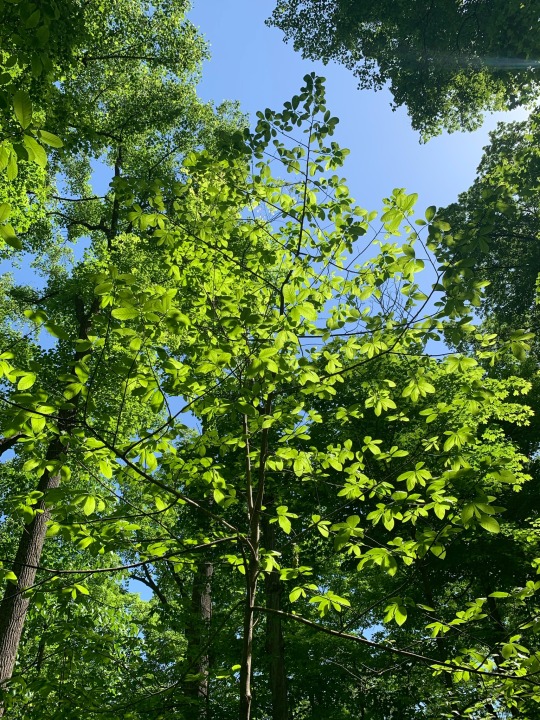



Pawpaw trees! I went down a little used trail and found some even bigger pawpaw groves. Pawpaws grow in clonal colonies, so the slender trunks in the third pic are most likely all the same pawpaw tree (like Pando, but on a smaller scale).
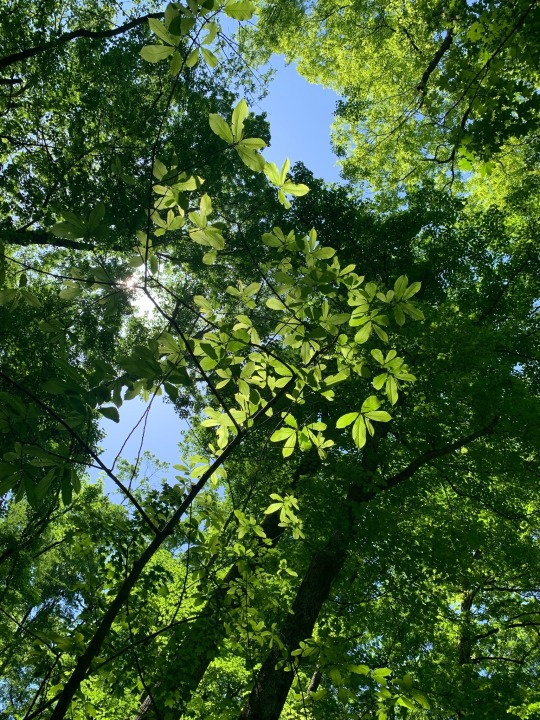
They need shade to sprout, but they flower and make fruit only when the sunbeams can touch them! They often form splendid little groves in areas where a large tree was cut down or felled in a storm.
Pawpaws are an example of a tree that thrives best with human caretakers. When the canopy closes up and the forest floor becomes dark and shady, the pawpaw trees no longer flower and make fruit. Cutting an occasional tree and/or managing the forest as a more open woodland creates good conditions for lots of pawpaw.
Which makes good conditions for other life! The pawpaw groves were filled with frolicking zebra swallowtail butterflies.
The zebra swallowtail butterfly's caterpillars can only eat the leaves of the pawpaw, much like monarch caterpillars need milkweed! There were many of them flying around in the sunlight.


...i tried, okay
There were loads of wasps, but they didn't bother me at all, they were too busy with their wasp business. The flies were numerous too—which makes sense; pawpaws need flies to pollinate their flowers! I saw tons of electric green tiger beetles and big tiger swallowtail butterflies. I hope the big beasts like elk and bison will be able to return soon...
1K notes
·
View notes